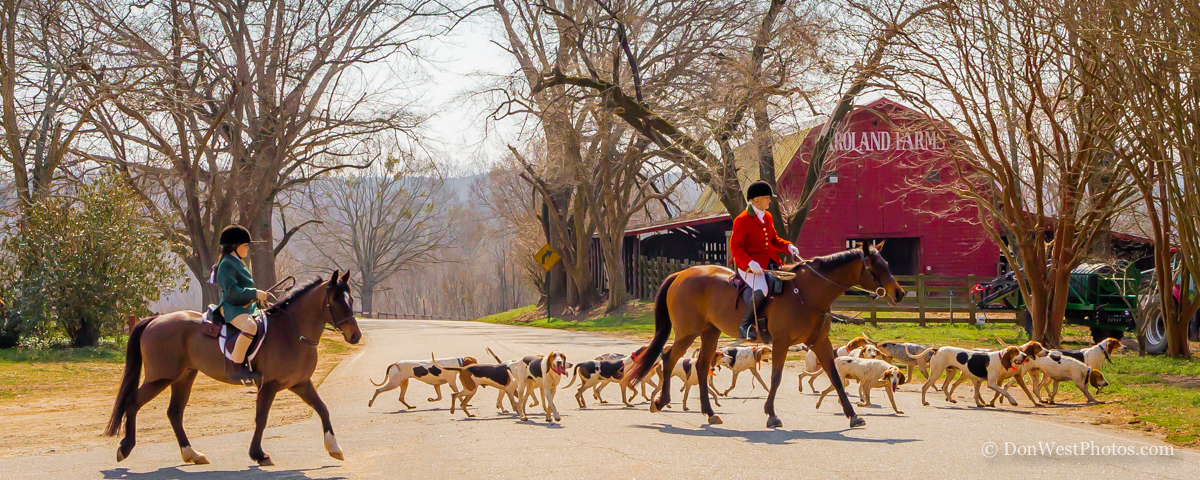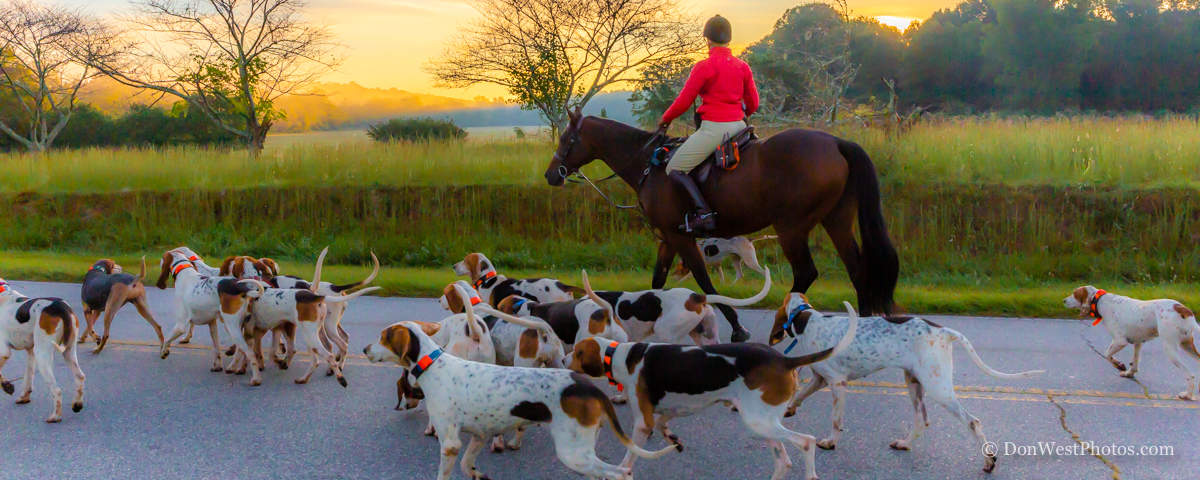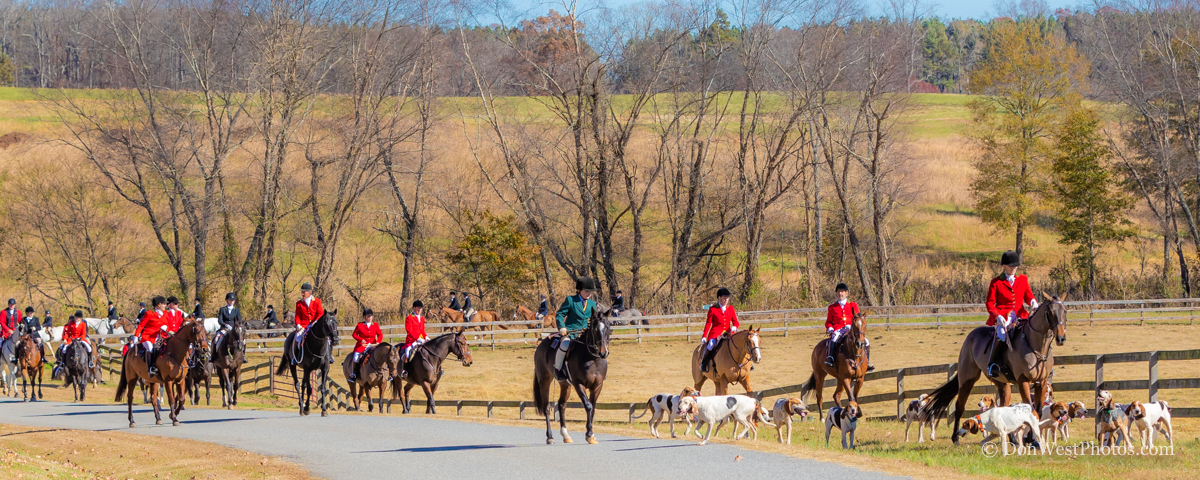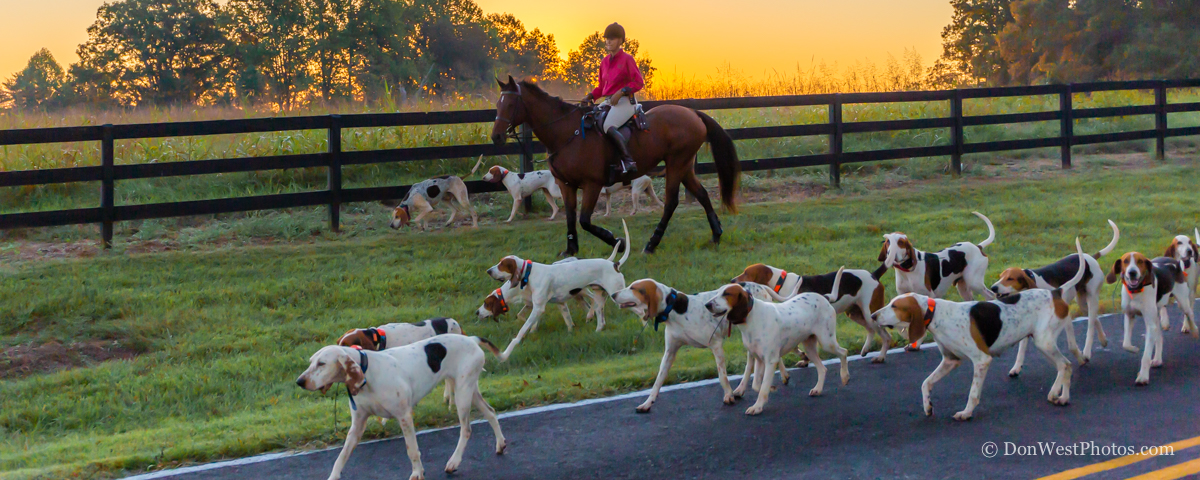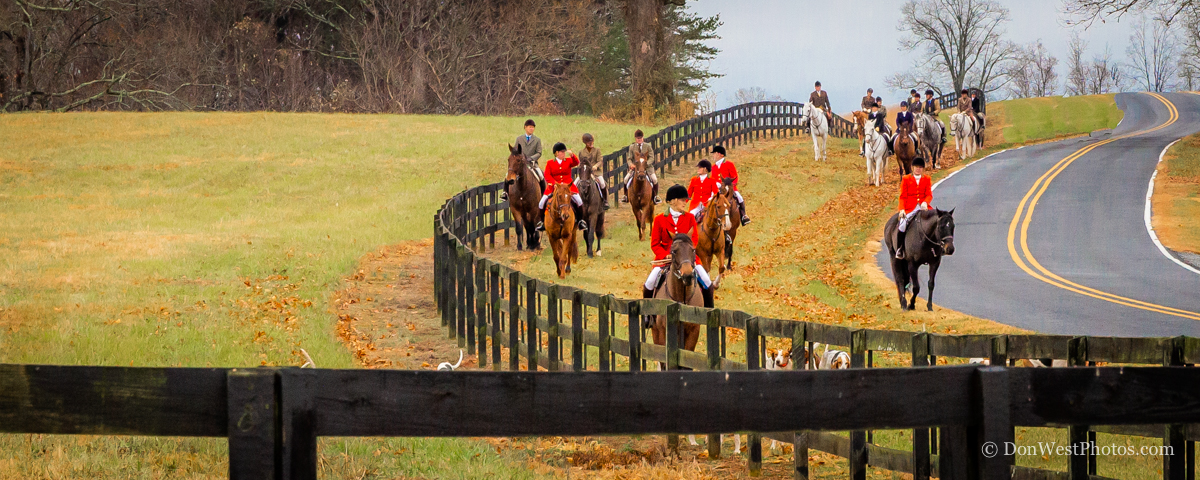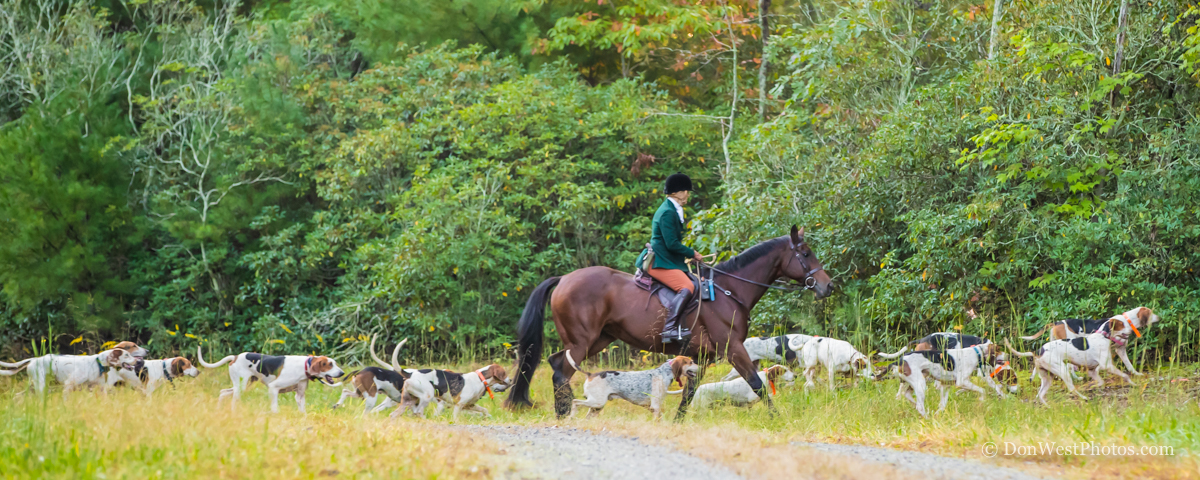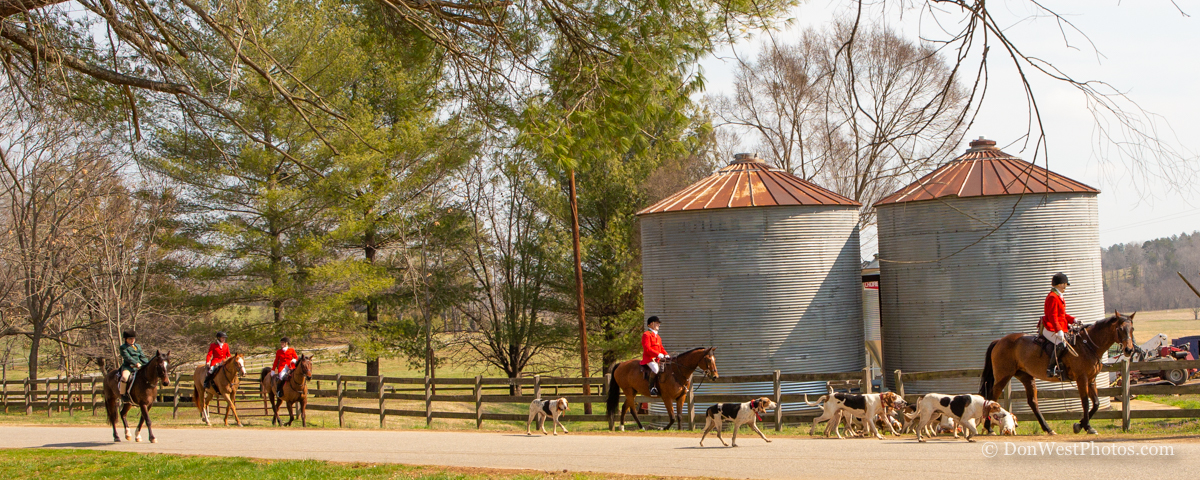Basic FAQs about Tryon Hounds' Certificates
Who can become a Tryon Hounds' Certificate Holder? Any social or riding member interested in supporting and promoting the objectives of our club can become a Certificate Holder.
Why would I want to become a Certificate Holder? Certificate Holders have a vested interest in the future of Tryon Hounds, and demonstrate their commitment and support for the club by investing in a TH's Certificate. Our Masters recommend riding members become Certificate Holders by the second year of hunting with Tryon Hounds.
What privileges and rights accrue to Certificate Holders? Only Certificate Holders may attend the TH's Annual meeting where Club finances are reviewed, officers and directors are elected, and important decisions about the club are voted on. Each Certificate Holder is entitled to 1 vote. Additionally, only Certificate Holders may hold an office or serve as a director on our board.
How many Certificates are currently held by subscribers? There are 42 certificates held by current members.
How do I obtain a Certificate? Contact Jeanne Ahrenholz, our Corporate Secretary.
How much does a Certificate cost? Certificates cost $500 at this time - the price, set by the Board of Directors, hasn't changed in many years.
More Complicated FAQs about Tryon Hounds' Certificates
Are there any limitations on who may become a Certificate Holder
Yes. According to our bylaws, because Tryon Hounds is fundamentally a club for riding to hounds, members involved in that activity presently or in the past should have a controlling majority (at least 60%) of voting rights. Certificates are thus designated as Riding (Subscriber) or Social (Associate Subscriber) and sales of Certificates to Associate Members will need to be halted if Social Members hold more than 40% of outstanding Certificates at any time until the ratio can be corrected.
Are Certificates transferable? Yes – they may be sold back to the club or sold to another current subscriber with the value received returned to the club. A new certificate will be issued.
Can Certificates be suspended, terminated, or voided by the club? Yes, Certificates may be voided for violation of bylaws, unseemly conduct, or failure to meet financial obligations – it requires 2/3 vote by Board to rescind a Certificate. If a Certificate Holder doesn't resubscribe for 2 years in a row, the Certificate is automatically surrendered.
Is my Certificate tied to any underlying value? Assets of the Tryon Hounds will be distributed pro rata among current Certificate Holders should the club be dissolved for any reason.
The Sport of Foxhunting will depend on the skill and training of hounds, and the ability of the huntsman to work with them. It is also dependent on the Field of riders not to interfere with the fox, the hounds, or the Staff.
The Hunt Meet is the place where the hounds, Staff and Field assemble. Meets are announced to the hunt subscribers through a fixture card. Upon arriving at the meet, it is customary for guests to acknowledge the Masters and the Honorary Secretary, and to pay the capping fee at that time to the Honorary Secretary. (A capping fee is required from all visitors who are not subscribers.) All riders should arrive at the meet at least 15 minutes early in order to have horses tacked and limbered up.
Before attempting to foxhunt in First Flight you should be a capable horseman with the ability to gallop cross-country, jump three-foot obstacles with assurance, and control your horse at all times. You should have a horse that is fit and sound with good manners.
If you elect to Hilltop rather than ride with the Field, you and your horse should meet all of the above requirements, although you are not required to jump. The Tryon Hounds has a regular Hilltop Field with its own Fieldmaster.
Once you are on your horse and hounds are ready to begin the day’s sport, keep your eyes and ears open, your voice down.
The Tryon Hounds pack consists of tri-colored American foxhounds from old Virginia bloodlines. The pack is bred for ability, biddability and uniformity. American foxhounds are renowned for their superb noses and musical voices, providing much sport and excitement for the day’s hunt.
The Horse. To be successful in the hunting field, a horse needs less size (but not less endurance), less conformation (but not less soundness) and less “flashiness” than in the show ring. He needs more room for his heart, lungs, etc., better eyesight, and far more brains. It is most important that he is easily controlled and can be stopped when required.
It is expected that the horse will not kick, but if one does, a red ribbon must be tied on its tail to warn riders to keep their distance. A horse new to the sport is apt to be excited and should be kept at the back of the Field. If it is impossible to control your horse well enough to obey the rules, the horse is a hazard in the hunt field and must be removed at once before causing injury to others. The hunt field is not the place to train a green horse. If your horse forces you to return without finishing the hunt, corrective action should be taken before hunting the horse again.
The hunter’s mane should be pulled short, and braided for opening meet. It is also appropriate to have your horse’s tail braided. A mud tail is suitable to hunting on inclement days. Above all else, your horse should be carefully brushed and cleaned before taken hunting.
Tack. While almost any type of English bridle and bit can be satisfactory for hunting, strong heavyweight bridles are naturally best. Too heavy is better that too light. There is nothing more embarrassing, dangerous and distracting to the rider and the Field than a broken bridle and thus an uncontrollable horse.
When it comes to bits, once again too much is better that too little. Above all else a rider must be able to stop his horse. A full bridle consisting of a curb bit and bridoon makes an excellent hunting bridle. When riding a horse with a soft mouth, the curb rein can be relaxed completely and only used in emergencies, which will save your horse’s mouth and at the same time provide the necessary stopping power should you need it. Martingales are always a good idea and a hunting breastplate with martingale attached makes a very satisfactory arrangement in the hunting field, since it prevents the saddle from sliding back or turning.
Saddles are a matter of personal preference. However, flatter type saddles allow the rider more room and are therefore more comfortable on long days. Saddle pads should be plain and cut close to the shape of the saddle.
It is very important the tack is kept clean and presentable. A suitable preservative should be applied to prevent the leather from drying out, cracking and breaking.
